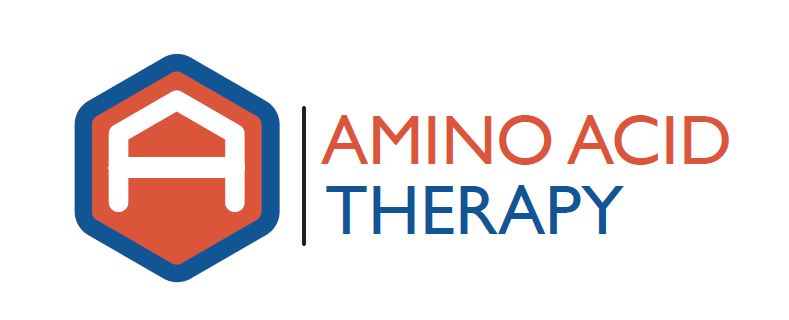Neurotransmitter Restoration Therapy – or Amino Acid Therapy as we call it – involves providing the body the nutrients it needs to restore optimal neurotransmitter function. This typically involves some combination of amino acids to optimize the function of the serotonin:catecholamine (i.e., dopamine, norepinephrine and epinephrine) system, as research has shown that this is usually the primary neurotransmitter system involved with most disorders related to neurotransmitter dysfunction.
Nutrients Involved in Neurotransmitter Restoration Therapy / Amino acid therapy
The nutrients most used, at least initially, to begin optimization of neurotransmitter function are 5-HTP and L-tyrosine and/or L-dopa. These are used to promote synthesis of serotonin and the catecholamines, respectively, as per the diagram below:

Picture from Marty Hinz, MD: www.neuroassist.com
In addition, several co-factors are needed in order to insure proper neurotransmitter production, including vitamin C, vitamin B6, calcium, selenium and folic acid, among others. Each individual may need more or less of these (or other co-factors) depending upon their individual needs.
The goal of Neurotransmitter Restoration Therapy / Amino Acid Therapy is to restore optimal neurotransmitter function. Once optimal function is achieved, any symptoms relating to neurotransmitter imbalance – including such things as depression, anxiety, difficulty sleeping, the urge to pull or pick hair or skin, obsessive thoughts, compulsive behaviors, chronic/systemic pain, migraine headaches, brain fog and even Parkinson’s disease – will be greatly reduced or disappear. It is with conditions such as those mentioned above where Neurotransmitter Restoration Therapy / Amino Acid Therapy really shine.



